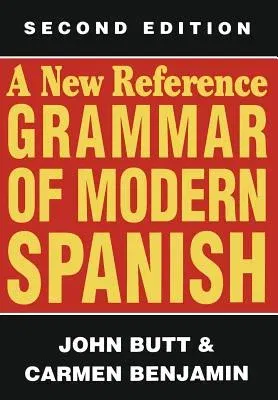(abridged and revised) This reference grammar offers intermediate and
advanced students a reason- ably comprehensive guide to the morphology
and syntax of educated speech and plain prose in Spain and Latin America
at the end of the twentieth century. Spanish is the main, usually the
sole official language of twenty-one countries, } and it is set fair to
overtake English by the year 2000 in numbers 2 of native speakers. This
vast geographical and political diversity ensures that Spanish is a good
deal less unified than French, German or even English, the latter more
or less internationally standardized according to either American or
British norms. Until the 1960s, the criteria of internationally correct
Spanish were dictated by the Real Academia Espanola, but the prestige of
this institution has now sunk so low that its most solemn decrees are
hardly taken seriously - witness the fate of the spelling reforms listed
in the Nuevas normas de prosodia y ortograjia, which were supposed to
come into force in all Spanish-speaking countries in 1959 and, nearly
forty years later, are still selectively ignored by publishers and
literate persons everywhere. The fact is that in Spanish 'correctness'
is nowadays decided, as it is in all living languages, by the consensus
of native speakers; but consensus about linguistic usage is obviously
difficult to achieve between more than twenty independent, widely
scattered and sometimes mutually hostile countries. Peninsular Spanish
is itself in flux.


